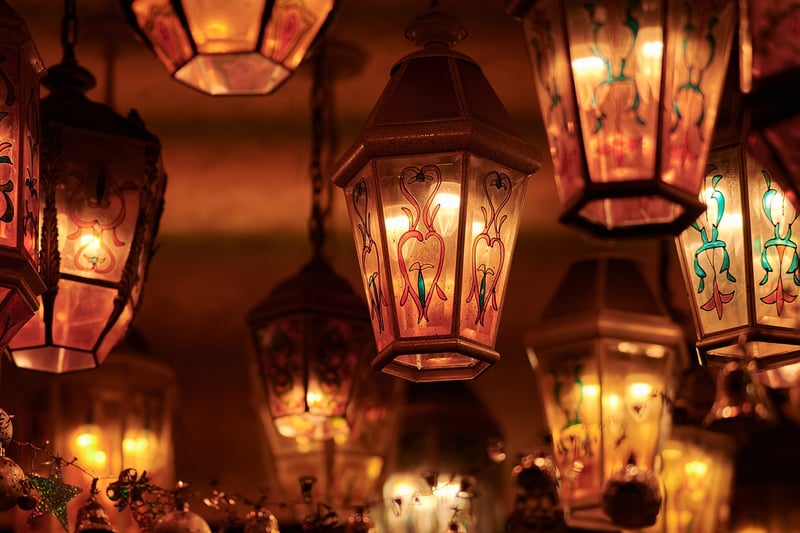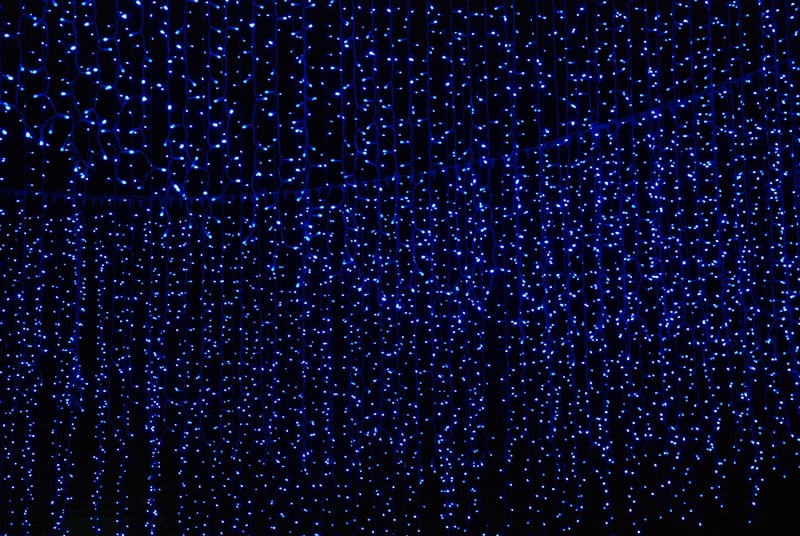Artificial Lighting
Understanding Plant Light Needs + Artificial Lighting
Introduction
Providing the right amount of light is crucial for the health and growth of plants. Understanding a plant's light requirements and how artificial lighting can supplement natural light is essential for indoor gardening success.
Types of Light
Plants primarily need three types of light for photosynthesis: blue light for vegetative growth, red light for flowering, and full-spectrum light for overall development.
Natural Light
Natural sunlight is the best light source for plants. South-facing windows typically provide the most sunlight, while east and west-facing windows offer moderate light. North-facing windows usually have low light levels.

Artificial Lighting
When natural light is insufficient, artificial lighting can be used. LED grow lights are popular for indoor plants as they are energy-efficient and provide the necessary light spectrum. Place lights 6-12 inches above plants for optimal results.

Light Duration
Most plants need about 14-16 hours of light per day for healthy growth. Use a timer to ensure consistent lighting durations, mimicking natural day-length variations for different seasons.
Monitoring Light Levels
It's essential to monitor light levels to prevent light stress or deficiencies. Light meters can help determine if plants are receiving adequate light for their specific needs.
Conclusion
Understanding plant light needs and supplementing natural light with artificial lighting can help you create an optimal environment for your indoor plants to thrive. By providing the right light conditions, you can enjoy healthy, vibrant plants year-round.
